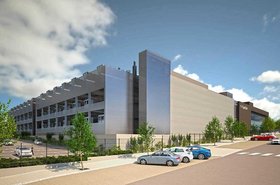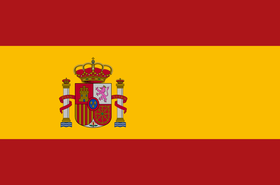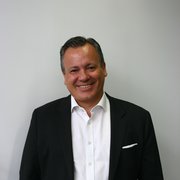The fact Spain is experiencing a boom in the data center sector is unquestionable. Our country, thanks to its geographical position between Europe, Africa and America, a solid network of both terrestrial and submarine connections and one of the best energy infrastructures in the world, has become a strategic point where the main providers of cloud, large technology companies and powerful international investors from the world of digitization
Investor appetite is set to bring our economy more than 8,500 million euros in the coming years, increasing the current installed capacity 10-fold and surpassing Paris by 2026.
This exponential growth, the result of the constant increase in demand for digital services globally, must always be guided by two fundamental and certainly related criteria: energy efficiency and sustainability.
Arriving later than other countries in the deployment of data centers, it is true that Spain has much more modern and environmentally responsible facilities, but unfortunately, it suffers the same political and media questioning due to its energy consumption and its impact on the environment.
Given this, what can be done? From my point of view, two things: pedagogy and sustainable innovation. The sector must make an effort to convey to society not only the crucial role we play in its day-to-day life, but that we do it with the utmost respect and commitment to the environment.
It is not well known that practically all the data centers that operate in Spain are powered by 100 renewable energy, or that we are one of the few industries in Europe that have anticipated the steps that the European Commission will take in the future in environmental matters, signing the European Pact for the Climate Neutrality of Data Centers and Cloud Services, with the aim of achieving carbon neutrality by 2030.
But we can't stop there. We must place ourselves at the forefront of well-understood sustainability, sustainability that seeks balance, energy self-sufficiency and giving back to the environment what it gives us.
One of the keys to achieving this will be to apply the concept of circular economy to data centers. In other words, reduce the resources necessary for the operation of the servers, by recycling the components and minimizing waste – a recycling method that must also be extended to the center's own construction materials.
All this must be accompanied by a strategic design in saving energy through attention, not only to refrigeration techniques and high energy efficiency equipment, but also to the sustainability of the supply chain, that is, the origin of the products, the use of renewable energy in their manufacture, and finally their recycling once they reach the end of their useful life.
The other big bet is off-grid – data centers that are powered by their own energy without having to connect to the electrical network. Spain, thanks to its strong development in renewable energies, is the perfect place to deploy these self-sufficient infrastructures, which can work with their own photovoltaic, wind, green hydrogen or water plant.
In fact, there are already interesting projects underway, which will serve as examples of how development and sustainability can be integrated. Innovation and respect for the environment are not mutually exclusive, and it is something that this industry is demonstrating.
Those of us who are dedicated to designing data centers are clear that sustainability is not a fad, but a reality installed in the social conscience that we cannot ignore. We research, innovate, and apply the most advanced efficiency standards to contribute to a better world.
Digitization is unstoppable, but it must be done hand in hand with proper decarbonization. There is still a long way to go, yes, but I am convinced that we will be able to make society understand that we are not a sector that is alien to the environmental challenges facing the planet. We are not part of the problem but a key player in the solution.
More from Quark
-

CyrusOne breaks ground in Madrid, Spain
Company's first European facility outside FLAP-D markets
-

Sponsored Spain now a key data center hub for Southern Europe - Quark's Ricardo Abad
DCD spoke with Quark’s Ricardo Abad about the growth of the data center market in Spain
-

Sponsored The rules of the game are changing
Data center operators must treat suppliers and other players in their supply chain as trusted partners if they are to remain competitive, argues Quark's Miguel Gallego

